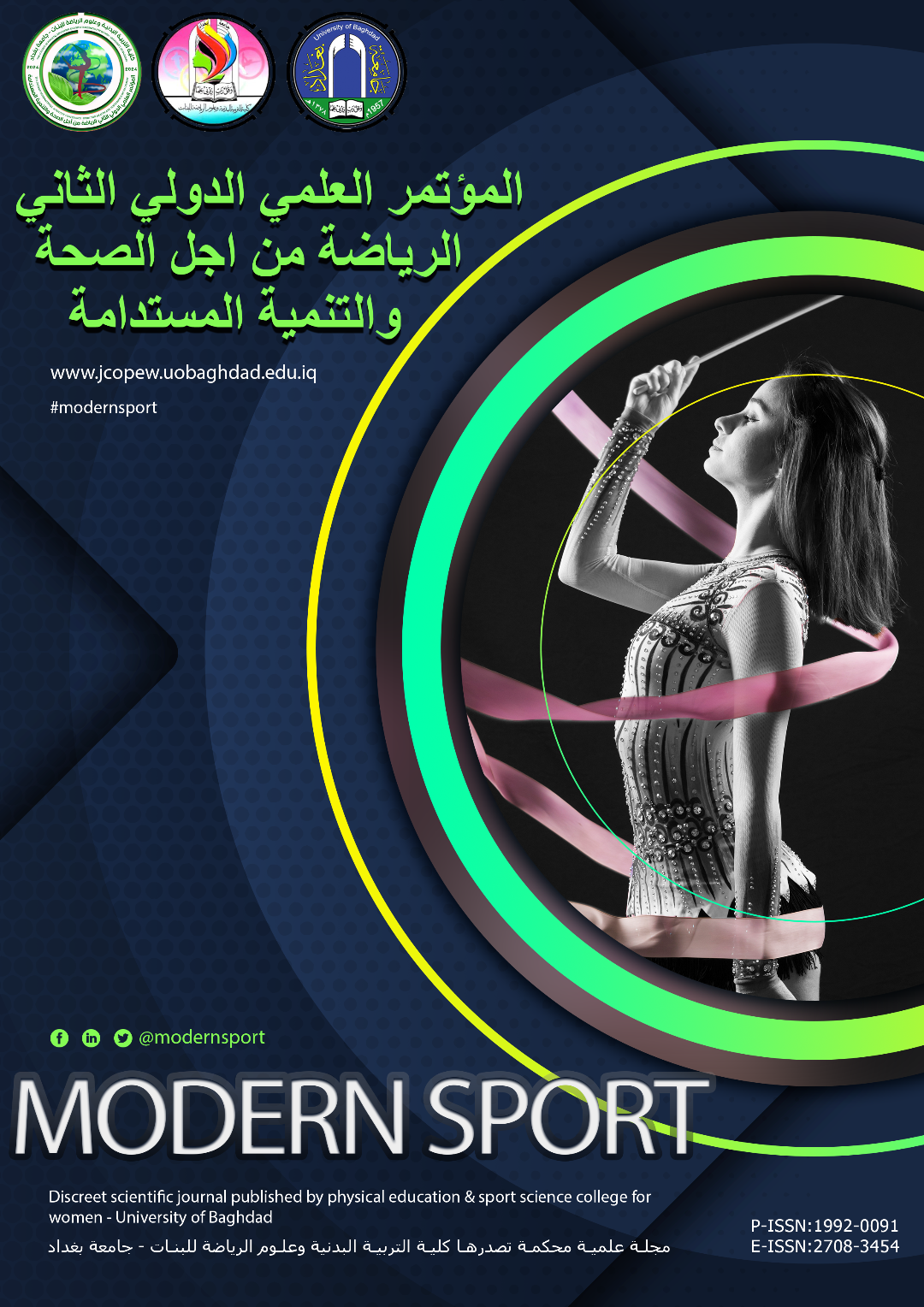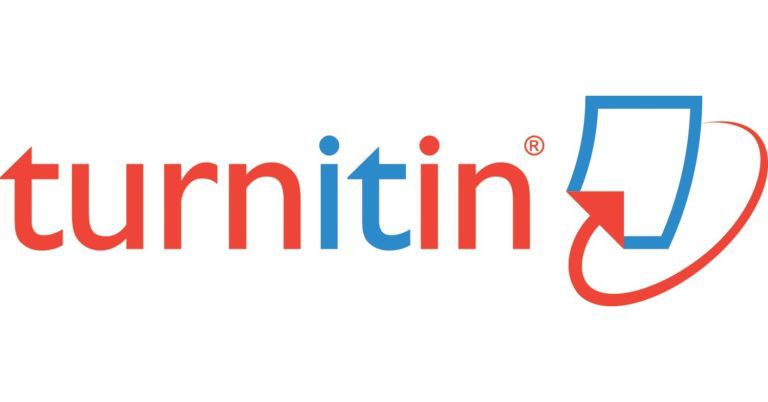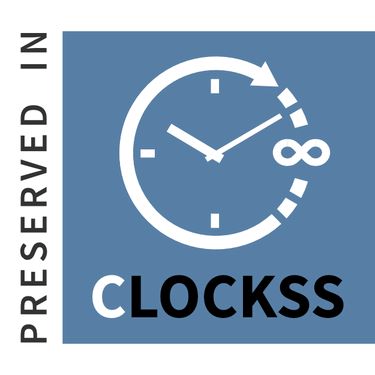The effect of rehabilitation exercises using the inverted table in improving the muscular strength of the back and abdominal muscles for women with herniated disc aged (30-45) years
DOI:
https://doi.org/10.54702/5e7fgd32Keywords:
rehabilitation exercises, inversion table, herniated discAbstract
The purpose of this paper is to prepare rehabilitative exercises using the inverted table device for women with a herniated disc, and to identify the effect of these exercises in improving the muscular strength of the back and abdominal muscles in order to get rid of the injury. The importance of rehabilitative exercises using the inverted table lies in improving the muscular strength of women with a herniated disc by restoring functions. Vitality and improving the health of the spine: A herniated disc occurs in most women because they perform incorrect movements, including sudden waist twisting movements, and carry heavy weights, as well as being exposed to traumas such as falls, pregnancy, natural birth of the fetus, and obesity, which causes a herniated disc. The two researchers found while touring the rehabilitation centers that the injured are subjected to methods Repeated and traditional rehabilitation. Therefore, the researchers prepared rehabilitative exercises to treat women with a herniated disc. The experimental approach was also adopted by designing one group with a pre- and post-test on (8) female patients visiting the Autism Center. The chosen method was intentionally appropriate to the nature of the problem in terms of goals and hypotheses. The two researchers prepared rehabilitative exercises that were presented. The experts and specialists in the field of sports medicine then conducted the pre-test and the rehabilitation period lasted for a month and a half at the rate of (24) rehabilitation units. After completing the experimentation, the post-test was conducted and the data was processed according to what the research required using the (SPSS) system. The two researchers assumed that there were statistically significant differences between the results. Pre- and post-tests of the research group in the rehabilitation of women with a herniated disc, so that the conclusions and recommendations for applying rehabilitative exercises using the inverted disc are appropriate for those suffering from a herniated disc. In addition, applying rehabilitative exercises using the inverted table helps in improving the muscle strength of the back and abdominal muscles in women with a herniated disc. It is better not to use the inverted table. For women suffering from eye diseases, high blood pressure, and fractures, it is better for hospitals to pay attention to developing the expertise of therapists working in how to use exercises using an inversion table, in addition to the results reached by the study.
References
- Jumaa Waad. (2017). Therapeutic exercises in sports medicine. Iraq Baghdad: Alwan Library. p. 107
- Samia Khalil Muhammad. (1990). Therapeutic sports. Baghdad. p. 13
- Walid Qassas. (2009). Sports medicine prevention, treatment and rehabilitation. Beirut Lebanon: Modern Printing Press, p. 277
- Younis Hassan Hussein. (2017) The effect of therapeutic exercises accompanied by laser focused on reflexology points, the T.E.N.S device, and nutritional supplements to relieve lower back pain for people with a herniated disc. Baghdad. Doctoral thesis. p. 134
- Arif Abdul Jabbar. (2009) The effect of a rehabilitative therapeutic approach using assistive devices and tools to correct some spinal deformities: (Master’s thesis, College of Physical Education, University of Baghdad, p. 34.
- Inaam Jaafar Sadiq (2023) The effect of rehabilitation exercises preceded by electrical stimulation on some biomechanical variables, posterior spiral muscle balance, and lower back pain for women aged (25-35) years, University of Baghdad. p. 60.
- Sabaa Basim Mohammed, Suhad Haseeb Abdul-hameed, & Ibrahim Dabayebeh. (2023). The effect of rehabilitation exercises in improving the muscle strength of those with a partial tear in the posterior thigh muscle for Karbala football club players. Modern Sport, 22(4), 0049-0059. https://doi.org/10.54702/ms.v22i4.1172
- Zahraa Qasim Abdul Khaliq, Suhad Hasseeb Abdul Hameed, & Mahmoud Abd Elmohsen Abd Elrahman. (2023). The effect of rehabilitative exercises using the (Fit Light) technology on improving comprehensive balance abilities of temporarily hemiplegia females aged (45-55) years. Modern Sport, 22(2), 0161. https://doi.org/10.54702/ms.v22i2.1122
Kadhim, M. J., & Malih, F. A. (2022). The effect of special exercises on some of the perceptual-kinesthetic abilities of the performance of the counter-attack in the foil weapon for female students. Revista iberoamericana de psicología del ejercicio y el deporte, 17(4), 161-164. https://www.scopus.com/record/display.uri?eid=2-s2.0-85138166215&origin=resultslist
Al-Selmi, A. D. H., Ooudah, I. G., subhi Mutar, N., & Owaeed, I. (2022). The effect of HIIT exercises on some physiological and physical indicators in reducing competition anxiety and performance of some offense skills for young badminton athletes. Revista iberoamericana de psicología del ejercicio y el deporte, 17(5), 359-361. https://www.scopus.com/record/display.uri?eid=2-s2.0-85146692033&origin=resultslist
Downloads
Published
Issue
Section
License
Copyright (c) 2024 Modern Sport

This work is licensed under a Creative Commons Attribution 4.0 International License.















